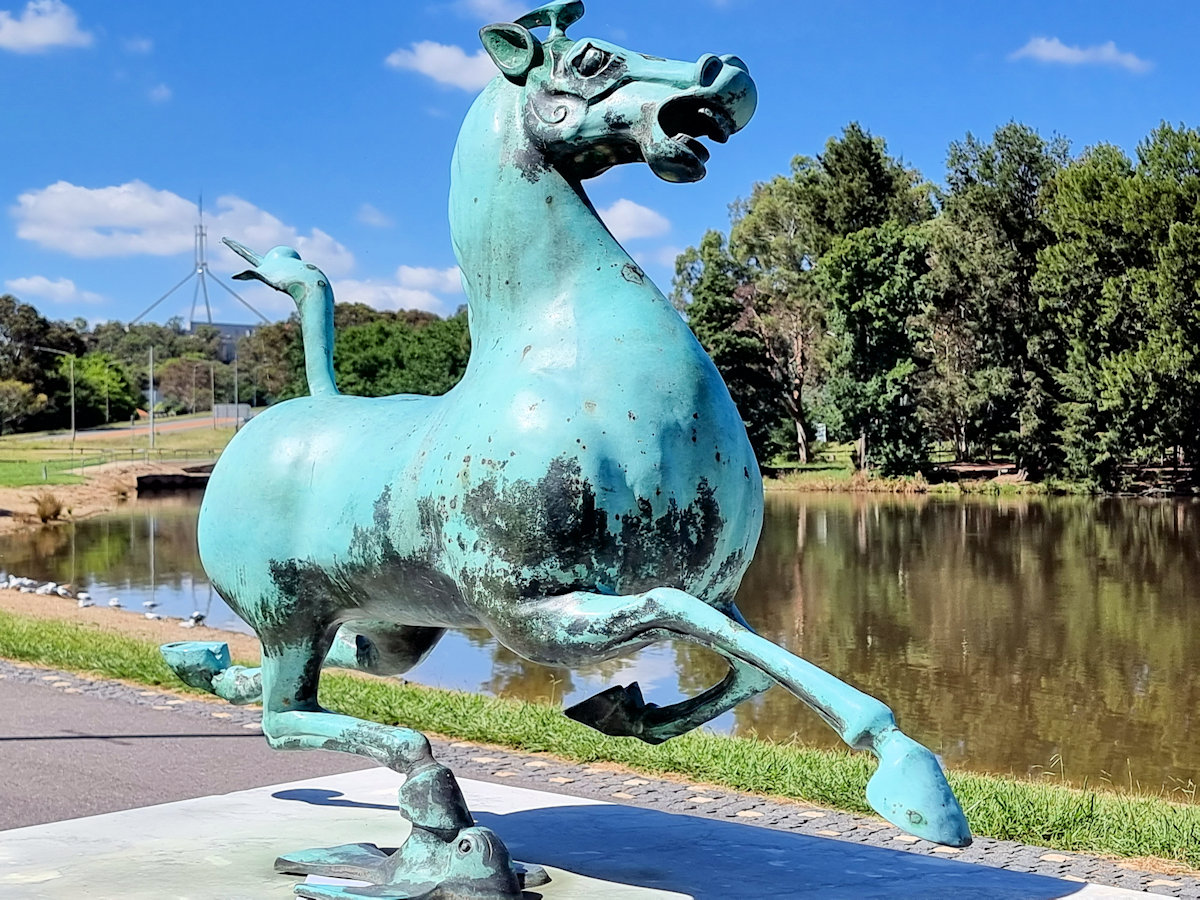Category: Travel
-
Lennox Gardens Canberra

Lennox Gardens Canberra Located on the shore of Lake Burley Griffin, Lennox Gardens in the Australian capital Canberra has several distinct areas gifted to Australia by foreign governments. Additionally it contains several memorials while being a beautiful place to relax. Nara Peace Park Gifted to the people of Canberra by the Japanese city of Nara,… Read more
-
Maitland Gaol NSW Australia

Maitland Gaol NSW Australia Although outdated and no longer in use, the Maitland Gaol in NSW Australia is now a tourist attraction. Several options are available when visiting, guided tours, self guided tours or a guard tower tour. We chose the last option, as this takes you up onto the walls of the gaol, providing… Read more
